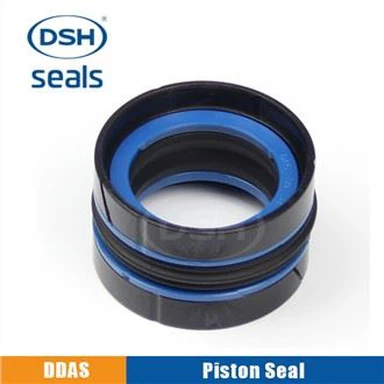Common Failure Analysis Of Automobile Oil Seals
Mar 28, 2022
In the process of installing oil seals for automobiles, there are many things to pay attention to, so many people cause oil seals to fail when installing oil seals. The following is a brief description of common problems such as large eccentricity of oil seal installation, improvement of cleaning process, skewed oil seal press installation, and inclined installation.
Failure due to assembly:
Large installation eccentricity: The sliding width of the lip is uniform on the circumference, which improves the concentricity accuracy of the shaft and the cavity.
Inclined installation: The inner diameter of the cavity is smaller than the specified one, and the oil seal is barely driven in without finishing machining and full angle, so that the oil seal installation is inclined. The installation jig is inclined so that the oil seal is installed inclined. The parallelism between the oil seal installation fixture and the cavity should meet the requirements.
The oil seal fitting part squeezes the ring and gets stuck: the same as the above.
Reverse installation: Error in manufacture, assembly or installation. The sealing lip should be directed towards the media installation.
Oil seal press-fitting skew: when the oil seal is placed on the adjustment ring, it is skewed: the pressure head interferes with the dust lip during the pressing process, and the oil seal moves and causes the skew. The horizontal direction cannot be positioned when the oil seal is pressed, resulting in uneven force on the oil seal. It is easy to produce skew and excessive extrusion resulting in deformation. Redesigned press-fit clamps.
Improvement of cleaning process: After the oil seal is press-fitted, the oil seal is washed, which will cause foreign objects such as metal iron powder to enter the oil seal, resulting in seal failure. After cleaning, install the oil seal.







